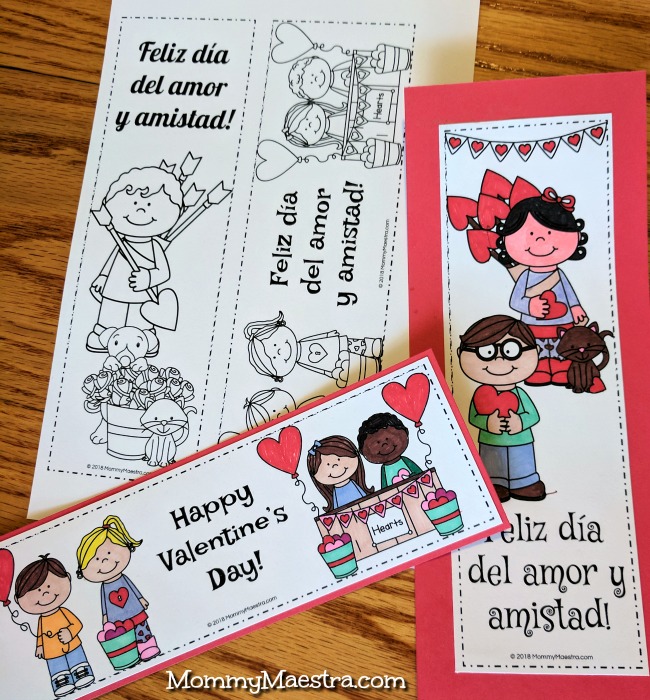When my kids were little, being creative was easy. All I had to do was keep my art cabinet stocked full of basic goodies: drawing paper, crayons, markers, colored pencils, rulers, glitter, pipe cleaners, scissors, glue... yada-yada. My house was full of art, inventions, crafts, and such.
But I've noticed that as they grew, these items were used less and less. Today, I usually have to give my kids specific projects to get them to ask for art materials.
According to some information from PBS KIDS that I read, creativity "defines our ability to be successful in the workplace, solve complex problems, enhance our socio-emotional skills, and craft several stories a day." The first workplace spaces that popped into my mind were PR firms, graphic design studios, and publishing houses. But if you really, really think about it, pretty much EVERY workspace benefits from employees who can solve complex problems and be creative in their day-to-day work.
The same information sheet said that "kids lose their creativity as they age." And that "the creativity scores of American children have consistently cropped every year for the last 28 years." How sad is that? And how do I stop that from happening with my own kids?
I think, that with my older two, I'm still motivating them to be creative with various projects and art class. My son also has a room FULL of LEGOS and spends lots of time creating his own masterpieces.
But now I have a little baby and I am giving this whole issue more thought. Starting when your kids are young is important. Do you nurture your preschooler/elementary child's creativity?
PBS KIDS is thinking about this issue, too. And tomorrow, Monday, February 19th, they are launching their first series dedicated entirely to the arts and creativity: PINKALICIOUS & PETERRIFIC! Based on the best-selling book series by Victoria Kann, the show follows the adventures of Pinkalicious, her brother Peter, and their neighborhood friends. It focuses on encouraging its young viewers to engage in the creative arts and self-expression.
Pinkalicious is an artist at heart who imagines creative possibilities everywhere she looks. The show is designed to help your preschooler explore the arts with:
- Creative Problem Solving: the characters model creative problem solving and the power of teamwork.
- Everyday/Everywhere Art: Art and beauty can be found in everyday objects and in every moment throughout the day.
- Community Through Art: The arts help define communities, connect neighborhoods, and help us learn about each other and the larger world.
- Communicating Through Art: Artistic activities contribute to learning skills, helping children communicated thoughts, ideas, and emotions.
I think that as a society, we are starved for creativity. You can see evidence of it in the explosion of adult coloring books, the zentangle craze, and the renewed interest in needlework. Just walk into any bookstore and you'll see arts and crafts books in the entryway prominently displayed.
I see it in myself all the time now. When I was younger, I happily flitted from one creative project to the next. But over the last 15 years or so, I became so focused on mothering, I forgot about my own creative needs. That's why I love creating printables so much now. And I want to help my kids nurture their own creative spirits and not get lost like I was for years.
--------------------------------
Four Ways You Can Nurture Your Child's Creativity
- Draw: Research indicates a connection between seemingly distracted scribbling and greater info retention and creativity.
- Mold: Making things with your hands is a large part of finding your flow, and flow is highly correlated with happiness!
- Look: Changing your perspective to see in a different light can lead to new ideas (try the rose-colored glasses!)
- Play: Music can create happiness, which can broaden your mindset and enhance your desire to explore
So if you have a preschooler, be sure to check out the new PBS KIDS show, PINKALICIOUS & PETERRIFIC tomorrow, Monday, February 19th, on your local PBS station!
Disclosure: I am a PBS VIP. I received information about the new show and the products shown above for review purposes. All thoughts and opinions are my own.































